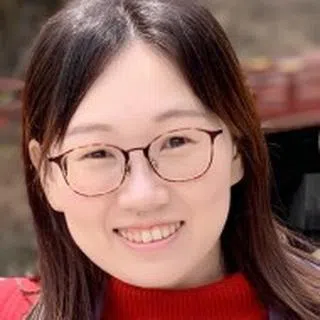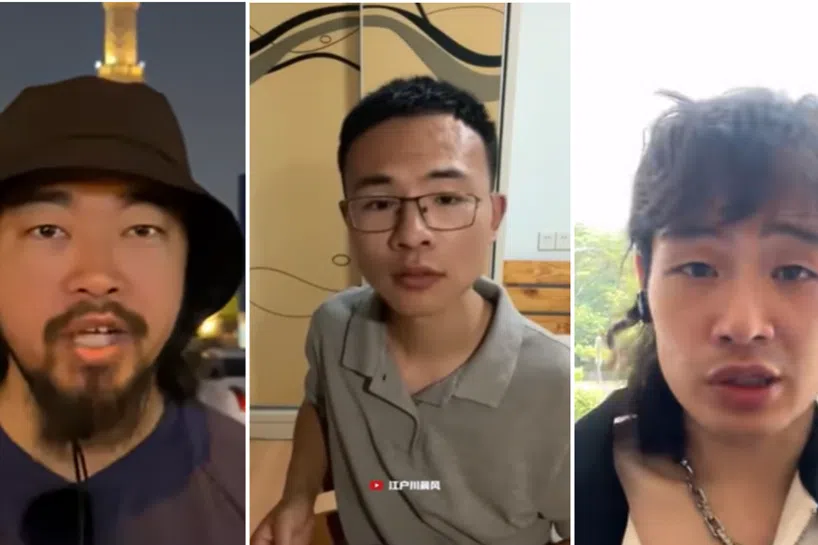How US suspicion is pushing Chinese researchers into Beijing’s arms
Amid worsening China-US relations, many beleaguered Chinese academics and researchers targeted by the US government are choosing to return to China. Lianhe Zaobao senior correspondent Chen Jing tells us more about what this means for academia in both China and the US.
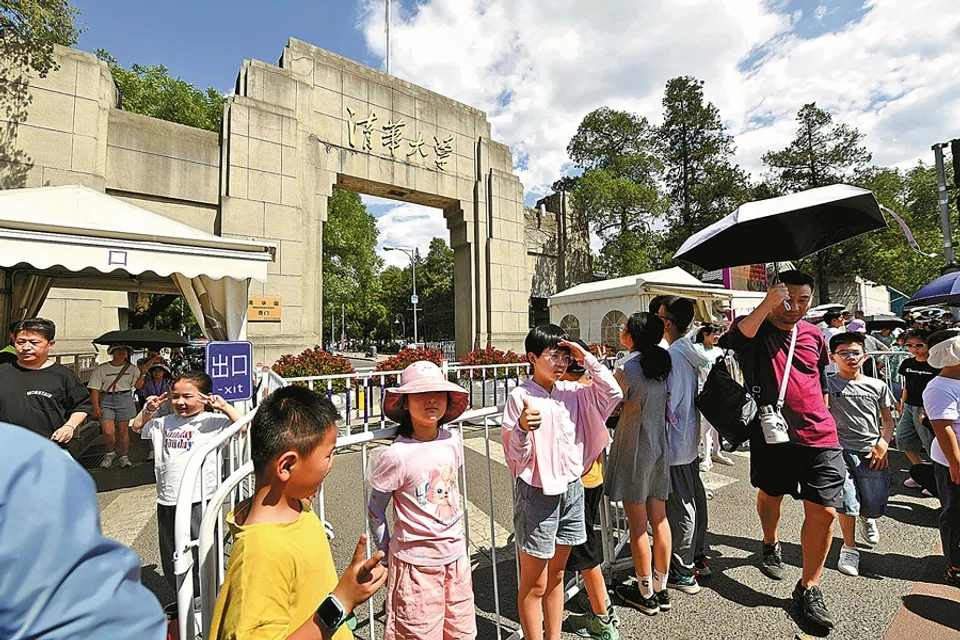
Over the past month, media reports have highlighted the return of four top scientists — Liu Chang, a former nuclear physicist at Princeton University; Lin Huaxin, a former mathematics professor at the University of Oregon; Yun Guolin, a former physicist at Cambridge University; and Zhan Hanyu, a former optical researcher at Corning Incorporated — to China, bringing renewed attention to the trend of haigui (海归, talents returning from overseas) among Chinese scientists.
Lianhe Zaobao found that since last year, nearly 20 top scientists have returned to China from abroad, most of them in the fields of mathematics and physics. Prominent examples include the “father of nanogenerators” Zhong Lin Wang and mathematician Sun Song, considered one of the most likely Chinese candidates for the Fields Medal, the “Nobel Prize of mathematics”.
Academic boost for Chinese universities?
These returning academics have joined prestigious institutions such as Peking University, Tsinghua University, Zhejiang University, and the University of Science and Technology of China, as well as research institutes and academic institutions newly established in recent years. Most recently, Chinese mathematician Chen Min left Purdue University to join Eastern Institute of Technology (EIT), a new university in Ningbo, where her husband, Shen Jie, became the dean of the School of Mathematical Science in 2023.

Take Westlake University, a private research university established in 2018 in Hangzhou, Zhejiang province. Last year, three distinguished scientists joined its faculty: Huayi Chen, a former professor in the mathematics department at Université Paris Cité; Xiaoming Zhang, former director of anatomical sciences at Baylor College of Medicine in the US; and mathematician Xujia Wang, who taught at the Australian National University for 20 years.
Lin Huaxin, the mathematician who returned to China in March, joined the Shanghai Institute of Mathematical Sciences and Interdisciplinary Studies (SIMIS). This new research institute was only launched in January 2024 with the support of the Shanghai municipal government, Yangpu district and Fudan University, with Chinese-American mathematician Shing-Tung Yau as its chairman; it aims to become a hub for fundamental research, talent cultivation and interdisciplinary scientific studies.
In barely a year and a half, SIMIS has already attracted multiple top mathematicians, including Kefeng Liu, who had been teaching at the University of California, Los Angeles (UCLA) for over 20 years.
Currently, China ranks second globally in total R&D spending, behind only the US.
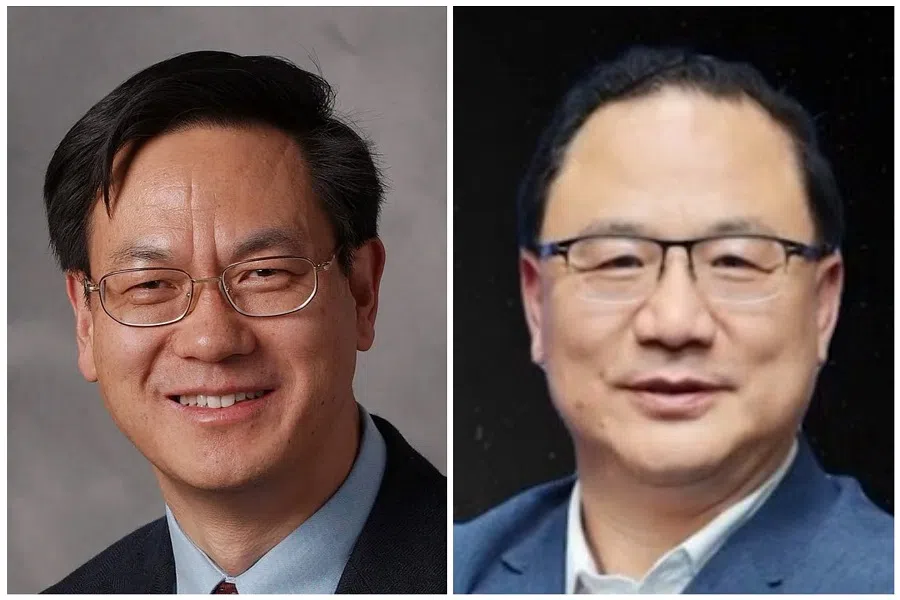
Dylan Loh Ming Hui, an assistant professor at the Public Policy and Global Affairs division at Nanyang Technological University (NTU) in Singapore, assessed that the growing number of Chinese scholars returning to China is driven by two main factors. “Part of the reason is the strong incentives China has in place to recruit some of the top scientists — in terms of pay, grants, labs and so forth. Conversely, a shift in sentiment has left some scientists of Chinese descent feeling targeted [in the US].”
Official data shows that China’s annual research and development (R&D) spending has grown nearly 40-fold in nominal terms since 2000. Last year, China’s R&D expenditure exceeded 3.6 trillion RMB (US$496 billion), marking an 8.3% increase from the previous year, and outpacing the country’s overall economic growth rate of 5% during the same period. Currently, China ranks second globally in total R&D spending, behind only the US.
Exodus from the US triggered by witch hunt
More than 75% of returning academics are from the US, which is not only due to the large number of Chinese researchers based there but also likely due to the growing pressure on Chinese scientists in recent years.
During his first term, US President Donald Trump launched the “China Initiative”, where Chinese scientists and researchers with ties to China were systematically investigated under the rationale of countering “economic espionage” and “intellectual property theft”.
... in 2018, the year the China Initiative was introduced, 1,062 researchers left US institutions to return to China. Over the following three years, 3,878 Chinese scientists left the US for China.
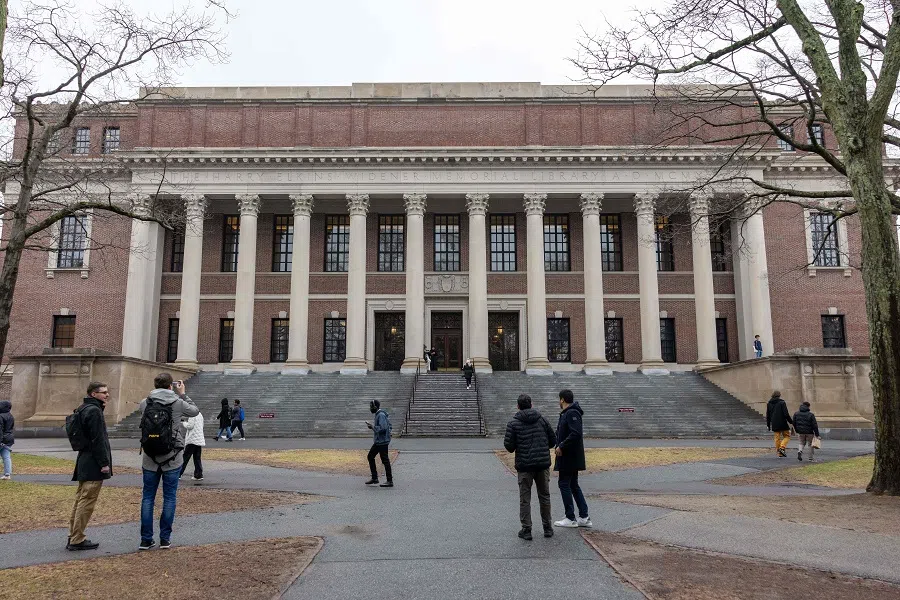
According to figures compiled by academics — including Yu Xie, a professor at Princeton University’s Center on Contemporary China, and Xihong Lin, a professor of biostatistics at Harvard University — in 2018, the year the China Initiative was introduced, 1,062 researchers left US institutions to return to China. Over the following three years, 3,878 Chinese scientists left the US for China.
While the China Initiative was in force, the US National Institutes of Health (NIH) also carried out similar investigations focusing on Asian scientists. According to an investigative report published in Science magazine in 2023, of the 246 scientists NIH required to cooperate in its investigations, 81% were of Asian descent, and 103 individuals lost their jobs.
While the US Department of Justice officially ended the China Initiative in February 2022, a chilling effect remains among Chinese and Chinese-American scholars. With Trump’s return to the White House, concerns over the revival of the programme have once again intensified.
Dismissed from US posts
In July 2023, Chinese-American scientist Ying Wu, who had taught at Northwestern University for 20 years, tragically took her own life. Reports later revealed that she had been investigated by NIH, which led to the closure of her lab and the revocation of her research privileges, dealing a devastating blow to her scientific career.
Xiang-Dong Fu, a neuroscientist who had been a professor at the University of California, San Diego (UCSD) for over 30 years, was also forced to resign in December 2022 after being investigated by NIH. In 2023, he joined Westlake University full-time, where he established a lab focused on RNA biology and regenerative medicine.
Prominent cancer scientist Sun Shao-Cong, who joined Capital Medical University in Beijing in July 2023, was reportedly dismissed from his previous position in 2022 due to US government investigations. Sun was previously the Deputy Chair of the Department of Immunology at the University of Texas MD Anderson Cancer Center.
In contrast, the number of top scientists in the US declined from 36,599 in 2020 to 31,781 in 2023, with its global share dropping from 33% to 27%.

After having lived in the US for 50 years, mathematician Shing-Tung Yau also left in 2022 to take up a full-time professorship at Tsinghua University in Beijing. In a media interview last December, Yau said the US government has shown serious discrimination against Chinese scientists over the past decade, so Chinese scientists have had no choice but to leave the US because they work best under a supportive research environment. He also warned that this exodus is unfortunate for the US as it could diminish its research capabilities.
An opportunity for China
A report released in January 2024 by Shenzhen-based data technology firm Dongbi Technology Data showed that the number of leading scientists in China increased from 18,805 in 2020 to 32,511 in 2024, raising China’s global share from 17% to 28%. In contrast, the number of top scientists in the US declined from 36,599 in 2020 to 31,781 in 2023, with its global share dropping from 33% to 27%.
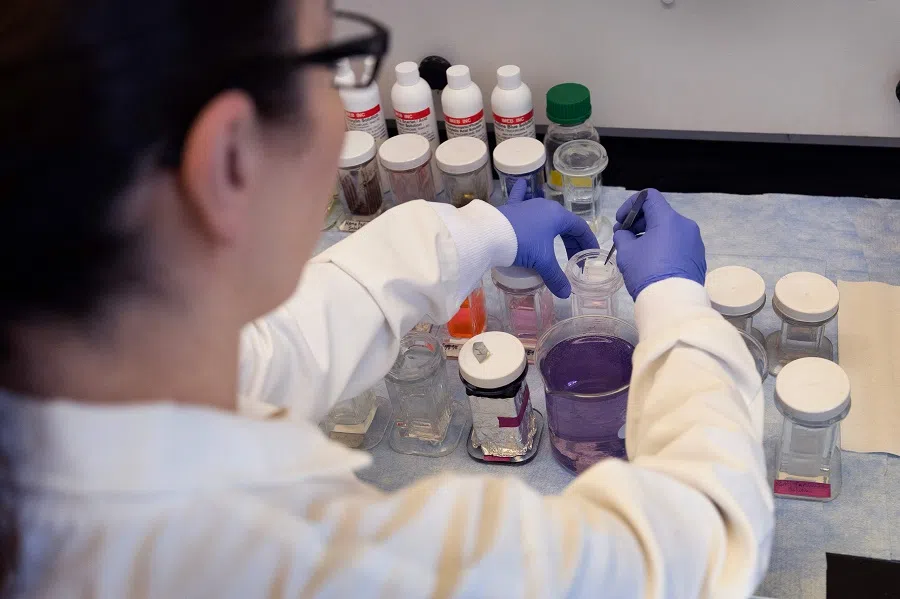
Around the same time, Hu Xijin, former editor-in-chief of China’s state-run Global Times, wrote on social media that this wave of returning talent is a rare opportunity for China’s scientific community. He emphasised that they need to be trusted, put to good use, and allowed to act boldly, so that they feel going back to China was the right decision, and to entice high-calibre scientists still hesitating in the US to return to China.
Assistant Professor Dylan Loh reckons: “This is not likely to move the needle too much right now because the [US] ecosystem for science and research is still very strong, if not one of the best. However, this position needs to be actively maintained, and if the current trend of ‘reverse brain drain’ continues, it will certainly have some effect on US-China tech competition.”
This article was first published in Lianhe Zaobao as “华人科学家再掀“海归潮””.
